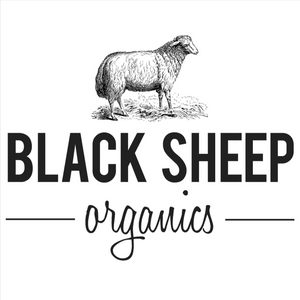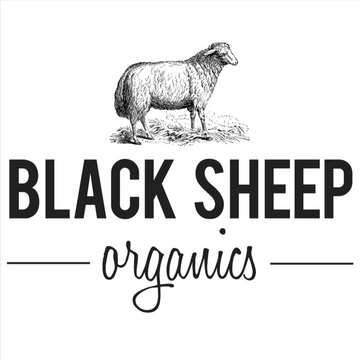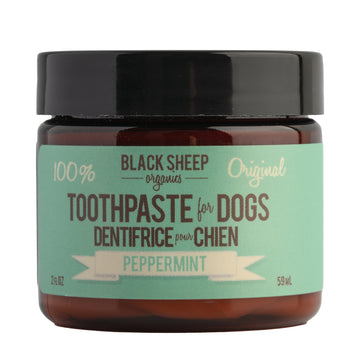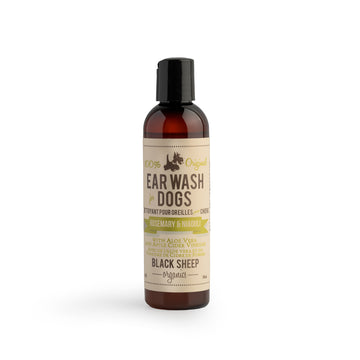Navigating the world of pet hygiene? If "How often should I shower my dog" is your question, we have the answers. This post offers authoritative advice and practical dog shower ideas, all aimed at empowering you to make informed decisions for your furry friend's wellbeing. Dive in for a detailed, no-fluff guide!
Diving into the Essentials of Dog Bathing
Firstly, by analyzing the reasons behind regular baths, their role in maintaining a healthy coat and skin, and the significance of brushing, we aim to equip you with knowledge for your pet's optimal grooming routine.
- Why Regular Baths? Regular baths rid your dog's coat of dirt, allergens, and parasites, promoting overall health.
- Healthy Coat and Skin: Bathing helps distribute natural oils across your dog's coat, enhancing its shine while preventing dryness and irritation.
- The Brushing Connection: Brushing isn't just about detangling; it aids in removing loose hairs, stimulates the skin, and complements the bathing process.
How Often Should I Bathe My Dog?
Several factors can influence the frequency of baths your furry friend needs. This guide aims to provide you with a detailed understanding of how to make an informed decision about your dog's bathing routine.
Bathing Frequency Based on Breed: A Tailored Approach
While all dogs love a good romp in the mud, not all of them need frequent baths. The breed of your dog can significantly affect how often they should be bathed. For instance, breeds with short, smooth coats like Beagles or Bulldogs typically require less frequent baths, maybe once a month.
On the other hand, breeds with longer, thicker coats like Shih Tzus or Afghan Hounds may benefit from more regular grooming and bathing due to their fur's propensity to trap dirt and debris. Remember, your dog's breed is a major determinant in establishing their bathing schedule.
Bathing Frequency Based on Coat Type: Going Beyond the Surface
Just as human hair varies, so does a dog's coat. Understanding your dog’s coat type is essential to determine the right bathing frequency. Dogs with water-resistant coats, such as Golden Retrievers and Great Pyrenees, should be bathed less frequently to avoid stripping their skin and coats of their natural oils.
Conversely, breeds prone to skin issues or allergies, like West Highland White Terriers or French Bulldogs, might need more frequent baths with special shampoos to help alleviate their symptoms. Always consider your pet's individual needs; what works for one dog might not work for another.
Balancing Bath Time with Activity Level: An Active Equation
Your dog's lifestyle and activity level also play a significant role in how often they should be bathed. Active dogs that spend a lot of time outdoors may need to be bathed more frequently, especially if they love to roll around in the dirt or take dips in muddy ponds. Conversely, indoor dogs who enjoy a more sedate lifestyle may require fewer baths.
The Risks of Over-Bathing Your Dog
While bathing your dog is an essential aspect of pet care, there is such a thing as too much of a good thing. This section delves into the potential risks associated with over-bathing and provides practical advice on how to avoid them.
Dry Skin and Coat:
Over-bathing can strip the natural oils from your dog's skin and coat. These oils are vital for maintaining moisture and providing a protective barrier against environmental irritants. When these oils are removed excessively, it can lead to dry, itchy skin and a dull, brittle coat.
Skin Irritations and Infections:
When the skin becomes dry and itchy, dogs tend to scratch excessively, which can cause sores and open wounds. These wounds can become breeding grounds for bacteria, leading to skin infections that require veterinary intervention.
Disruption of pH Balance:
Dogs have a different skin pH balance than humans. Over-bathing, especially with the wrong type of shampoo (like those designed for humans), can disrupt this balance, making the skin more susceptible to bacteria and parasites.
So, how can you avoid these pitfalls? Here are some tips:
- Breed-Specific Bathing Schedule: As we mentioned before, understand your dog's specific needs based on their breed and coat type.
- Use the Right Products: Always use a gentle, dog-friendly shampoo. Human shampoos are not suitable for dogs and can cause skin irritations.
- Monitor Your Dog's Skin: Regularly check your dog's skin for any signs of dryness, redness, or irritation. If you notice any problems, consult with your vet to adjust their bathing schedule.
Dog Shower Ideas for Fun Bath Times
With a little creativity and some helpful tools, you can make your dog's bath routine enjoyable for both of you. Here are some innovative dog shower ideas to consider:
1. Shower Games:
Incorporate toys and games into the bathing process. Waterproof toys can distract your dog and turn the shower into playtime. This can be particularly effective for dogs who are averse to water or anxious about baths.
2. Proper Shampoo:
A proper shampoo can be beneficial for both your dog’s bathing comfort and health. Try using light-scented natural shampoo as dogs have a more sensitive sense of smell than humans. Shampoo that contains artificial flavors or fragrances that are too strong may cause discomfort to your dog, during and after the bath.
3. Dog-Friendly Shower Products:
There are various dog-friendly products on the market designed to make bath time more enjoyable. Use natural shampoo that is more acceptable to dogs. Avoid products with pungent smell or chemicals. Other products like peanut butter lick pads that stick to your shower wall can keep your dog occupied while you get them clean.
4. Warm Baths:
Just like humans, dogs appreciate a warm bath. Keeping the water at a comfortable temperature can make the experience more relaxing for your pet.
5. Gentle Massage:
While you're shampooing and rinsing your dog, take the opportunity to give them a gentle massage. This can help calm them down and make the bath more enjoyable.
6. Treats and Rewards:
Rewarding your dog with a treat after a successful bath can create positive associations. Over time, they may start to look forward to bath time as a result.
In summary, regular but not excessive bathing is vital to your dog's health, balancing cleanliness and skin protection. By incorporating fun games, using dog-friendly products, and rewarding good behavior, you can transform bath time into an enjoyable experience for your pet. Remember, every dog is unique, and bath frequency should be tailored to their specific needs.











